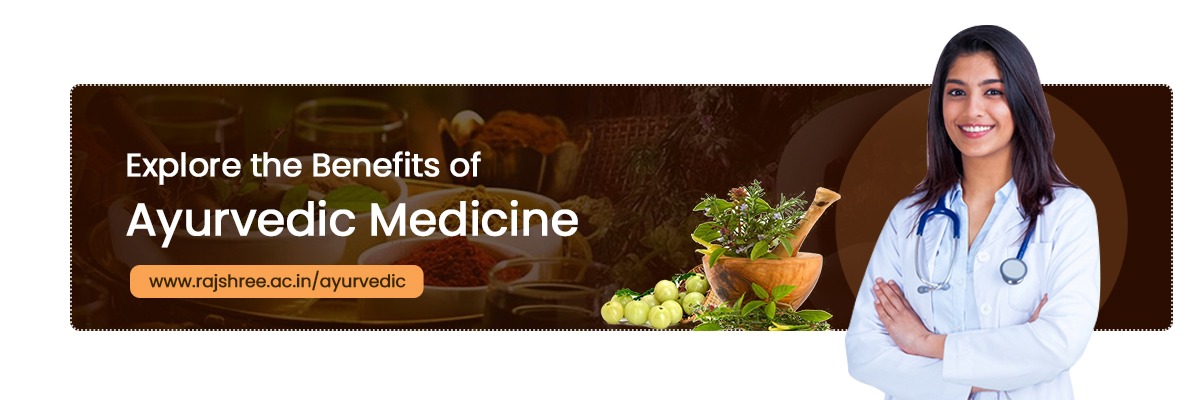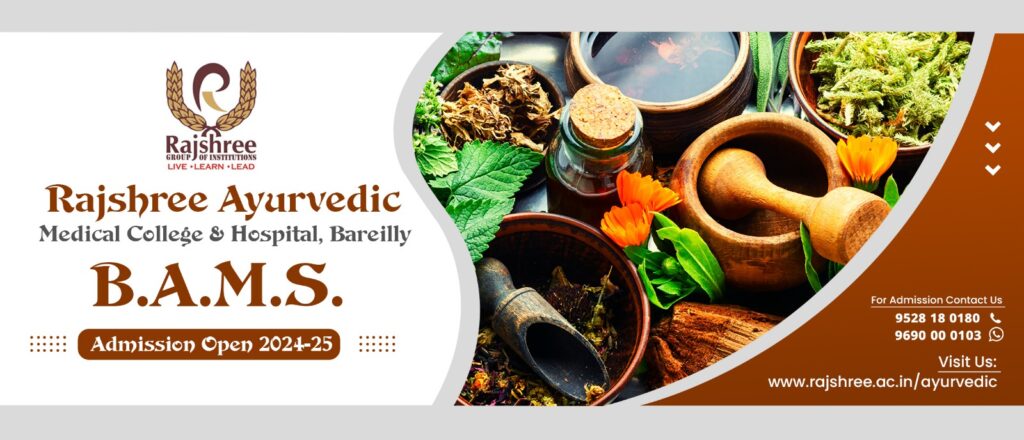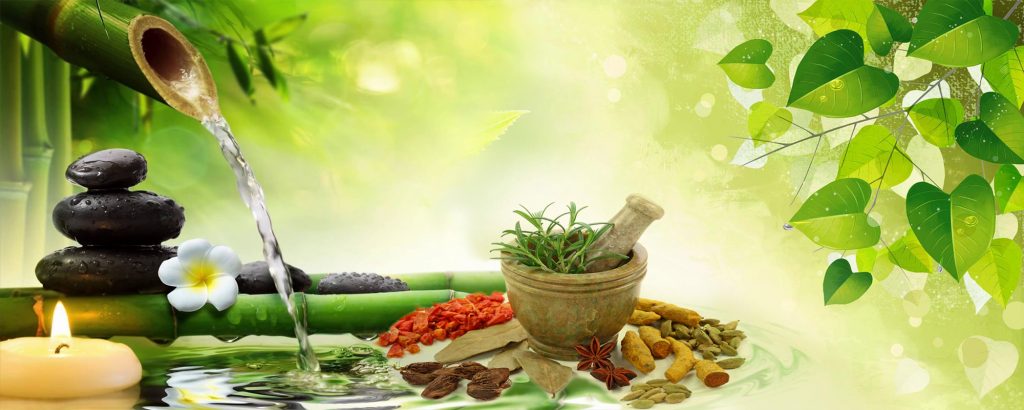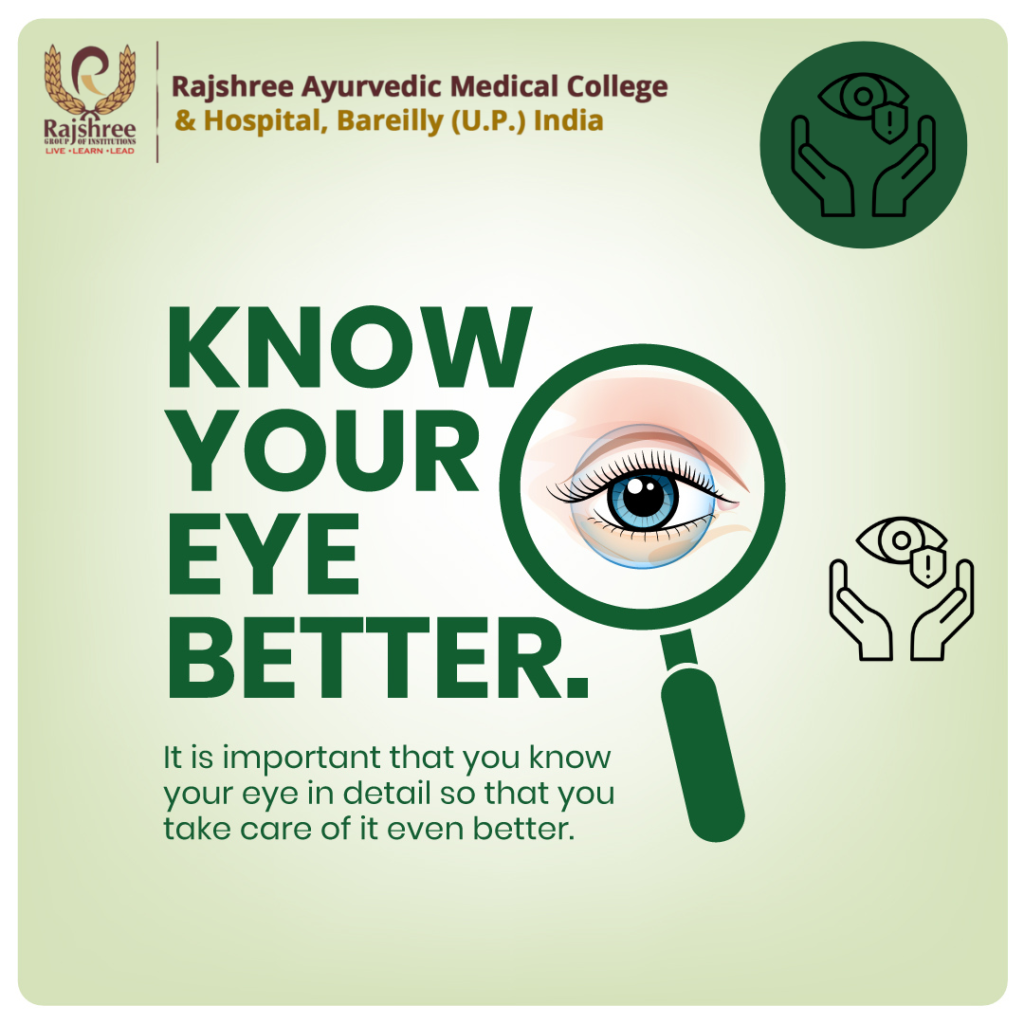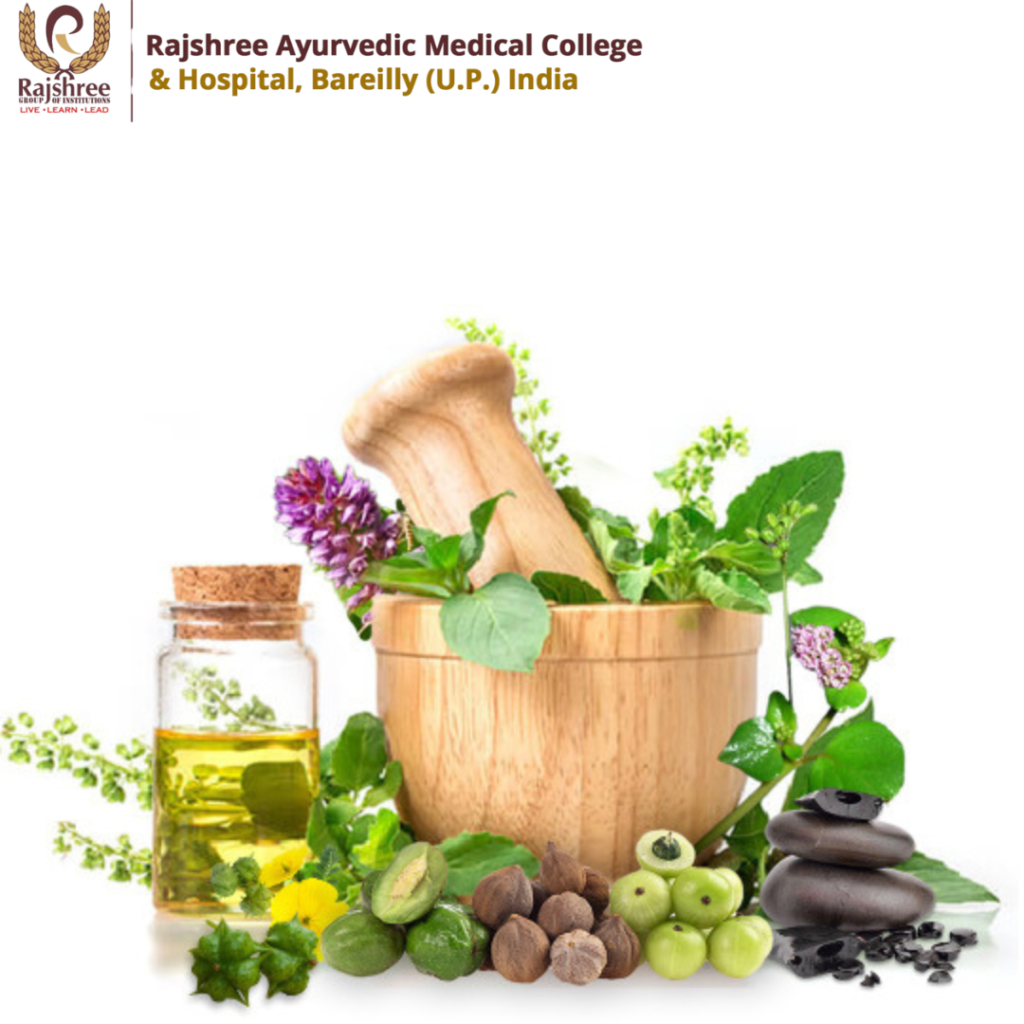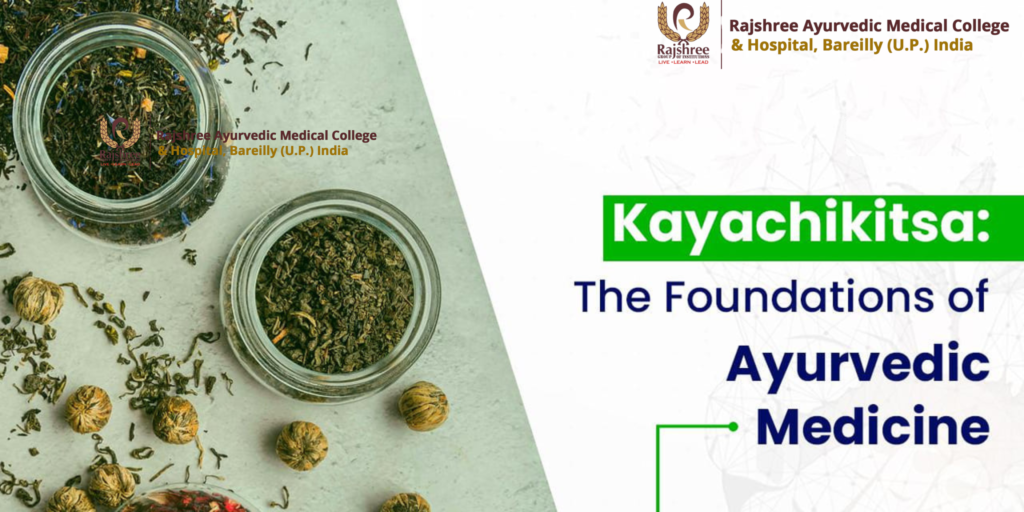The terms “aroma” (fragrance) and “therapy” (treatment) combine to form aromatherapy. Therefore, aromatherapy refers to the use of aromatic oils in the treatment of a physical or mental condition. Concentrated essential oils that have been extracted from flowers, herbs, and other plant parts are used in aromatherapy to cure a variety of illnesses1. One of the complementary and alternative medicine modalities with the quickest rate of growth is aromatherapy. It uses fragrant plant essences that are naturally extracted to balance, harmonise, and support physical, mental, and spiritual well-being. The word “rene- Maurice Gattefosse” was created. The 1937 book “Aromatherapie” Nonetheless, the idea of using fragrant herbs to improve human health originated in the Vedas. “Sugandhim pushti vardhanam” (Rudra-Astaadhyayi), which implies using fragrant items to keep good health, is a renowned Maha-Mritunjaya Mantra phrase. The Vedic books describe burning fragrant herbs, flowers, barks, and resins to improve healing and meditation; aroma therapy is the current name for this age-old medicinal technique, which dates back more than 5000 years. The first holistic healers used a range of fragrant herbs to make oils, salves, incense, and poultices. In the past, using aromatic herbs was commonplace.
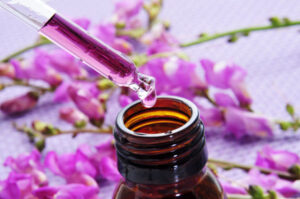
Ayurvedic scriptures contain a plethora of data indicating the regular use of fragrant plants in daily life. The Acharyas had suggested wearing a garland of fragrant flowers or applying aromatic herbs locally as a pack, or Lepa, in the context of the Dinacharaya (Day rule). It promotes health, has aphrodisiac properties, and builds physical strength. Additionally, the plants for Lepa were employed according to the season; for example, Agaru (Aquilaria agallocha) was used in the winter and Chandana (Santalum album) in the summer3. Ayurvedic scriptures provide ample evidence that indicates the use of aromatic medications was a specialised practice throughout that era. Mediaeval Ayurvedic works such as Sushen Nighantu contain a separate Varga on Anulepana Dravya that describes aromatic herbs. Within Ayurveda, aromatherapy was a well-established field. It’s time to apply aromatherapy based on Ayurvedic principles now.


